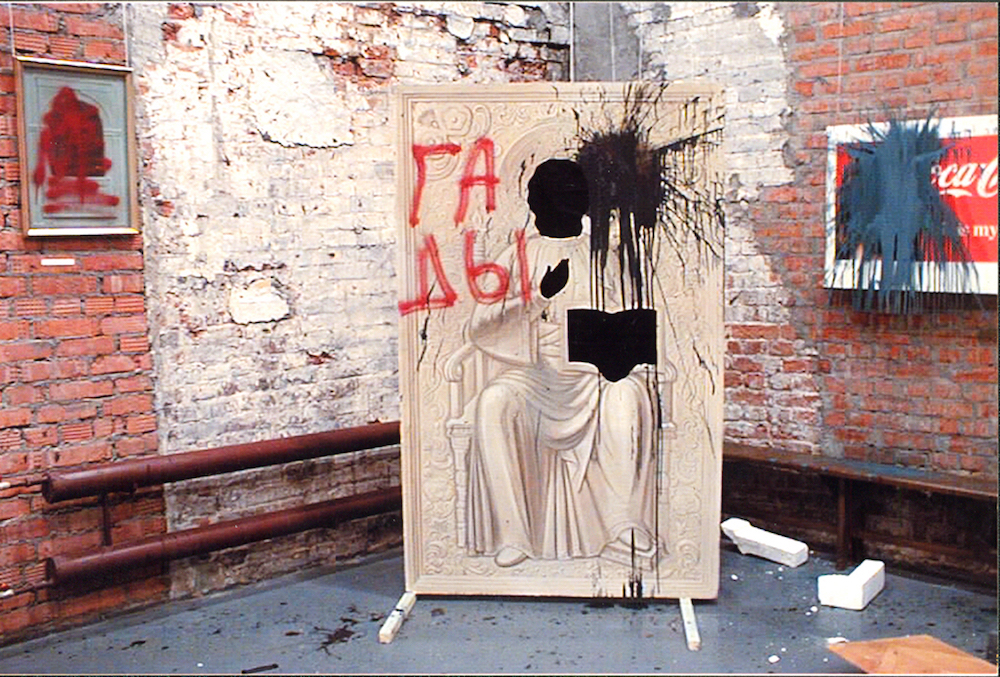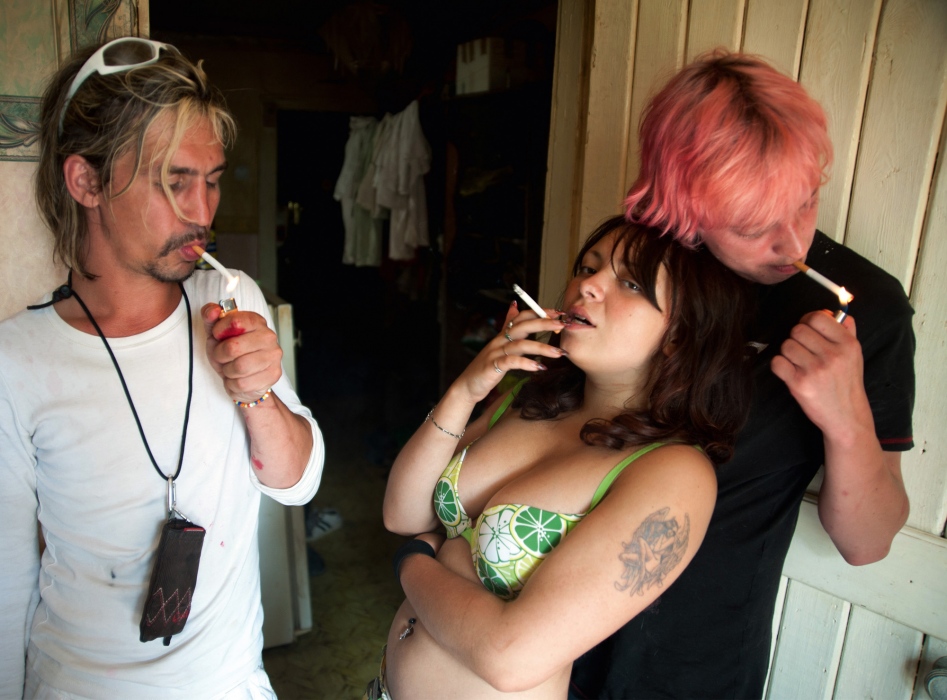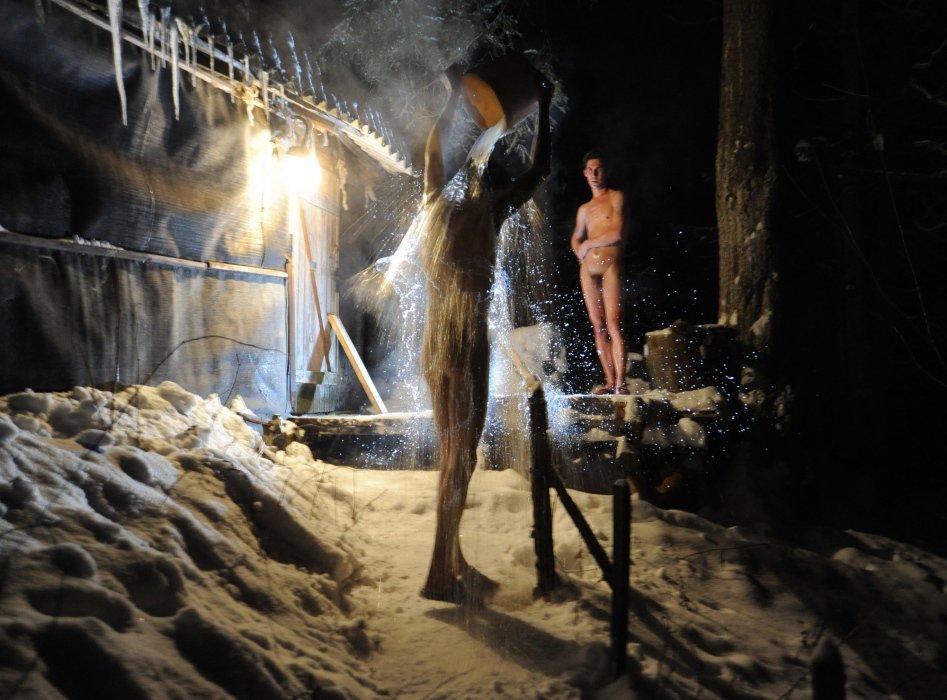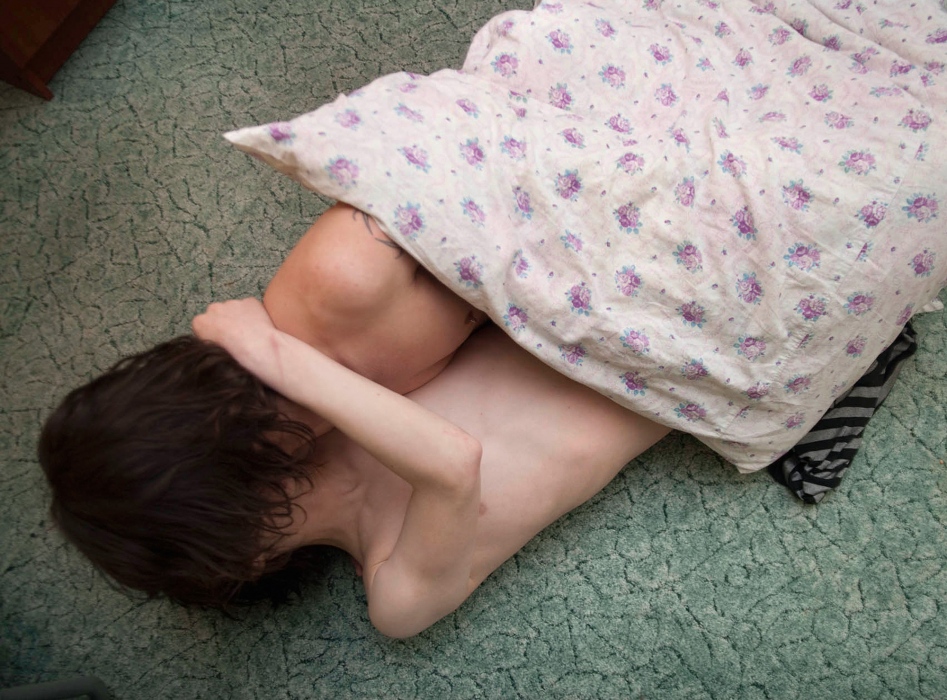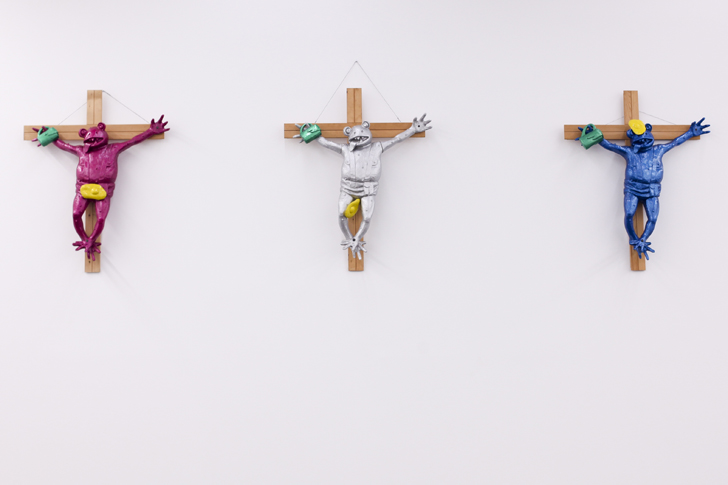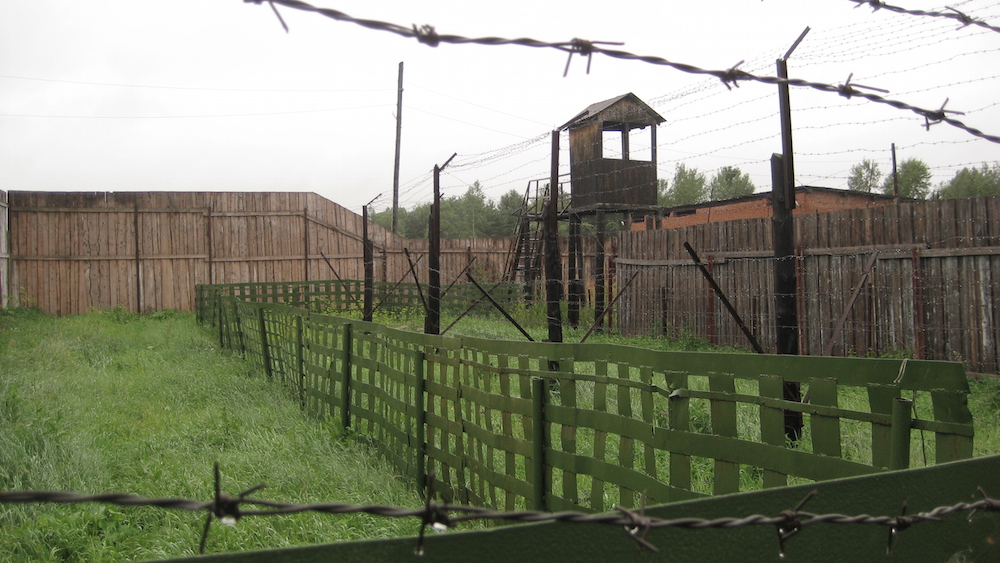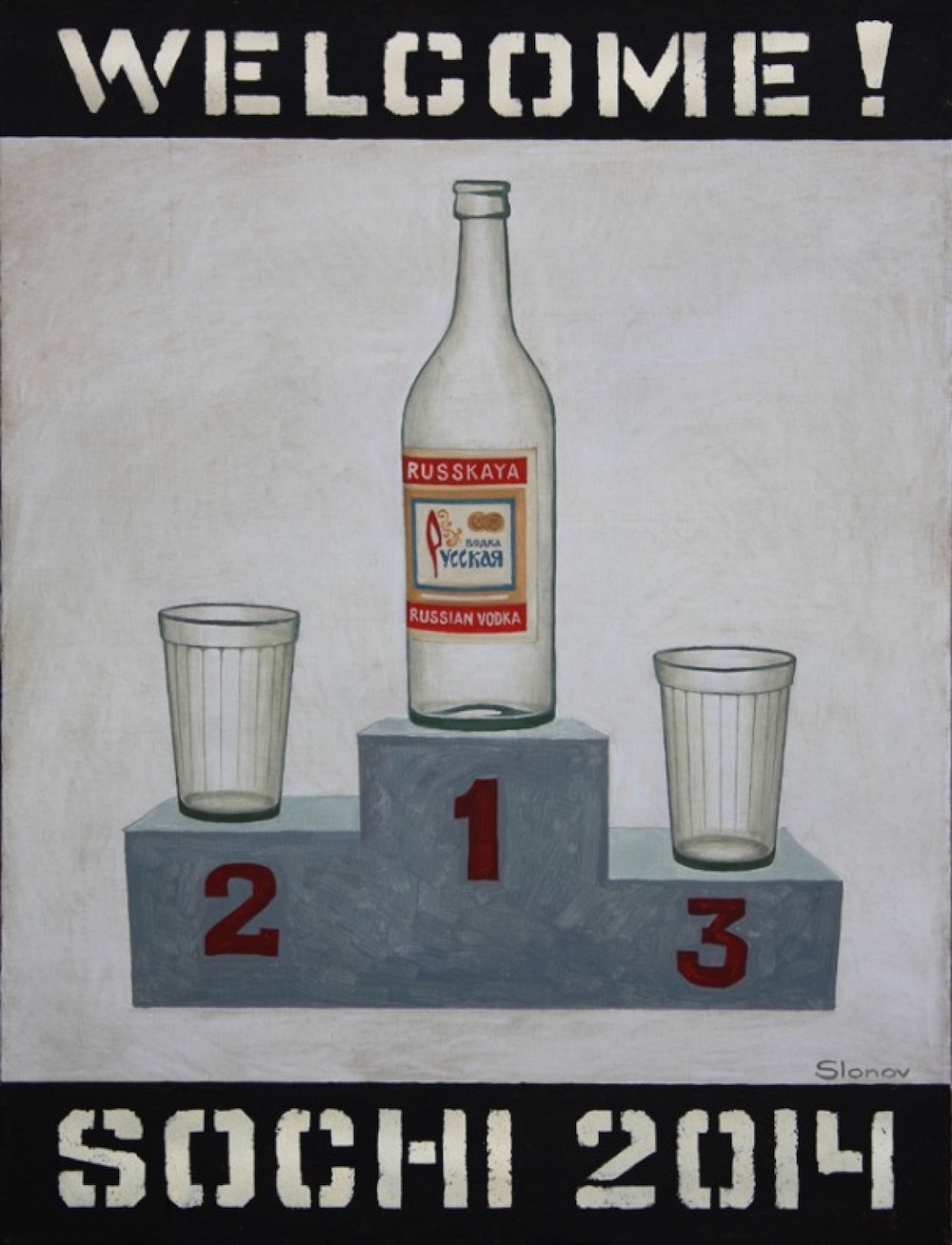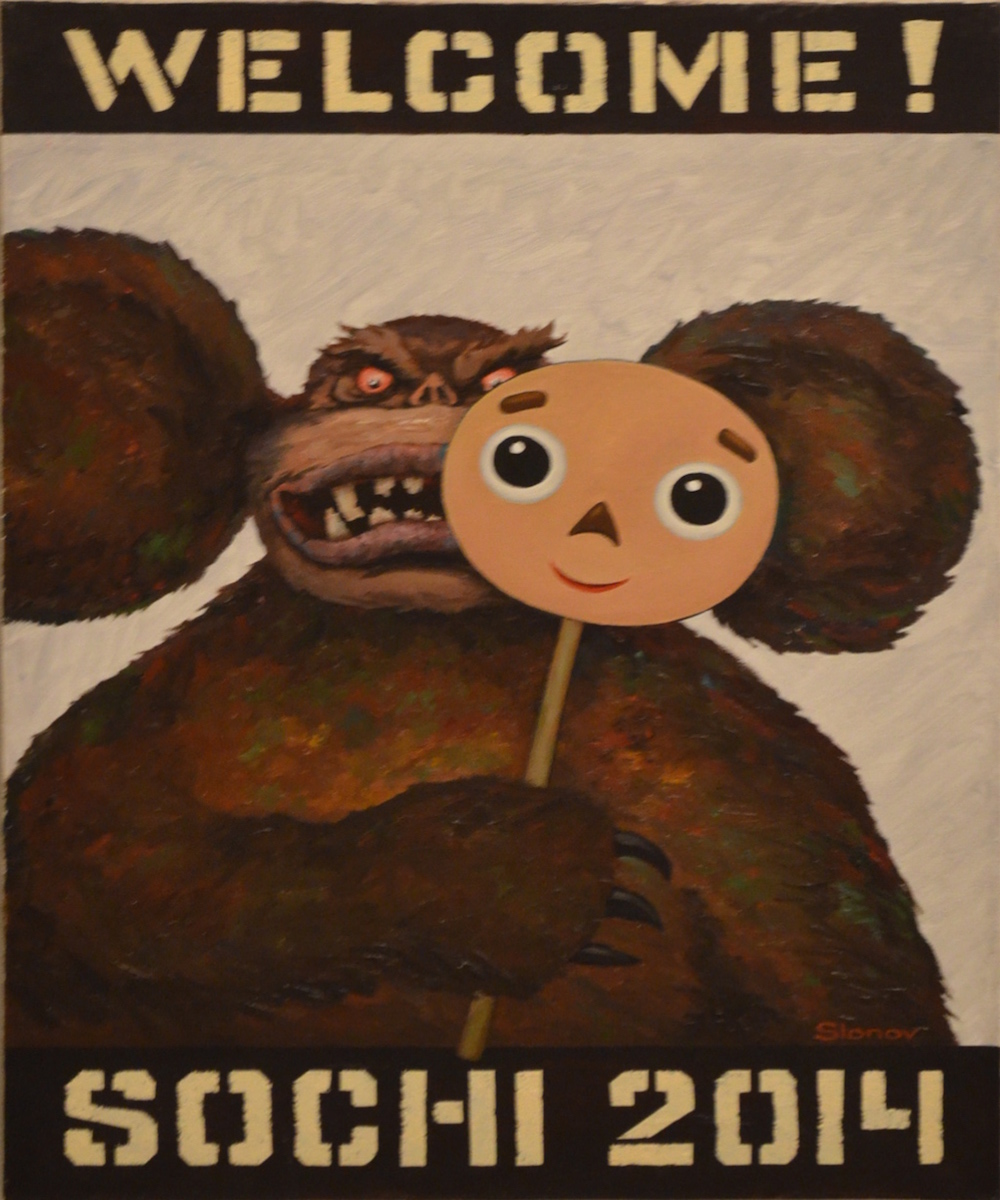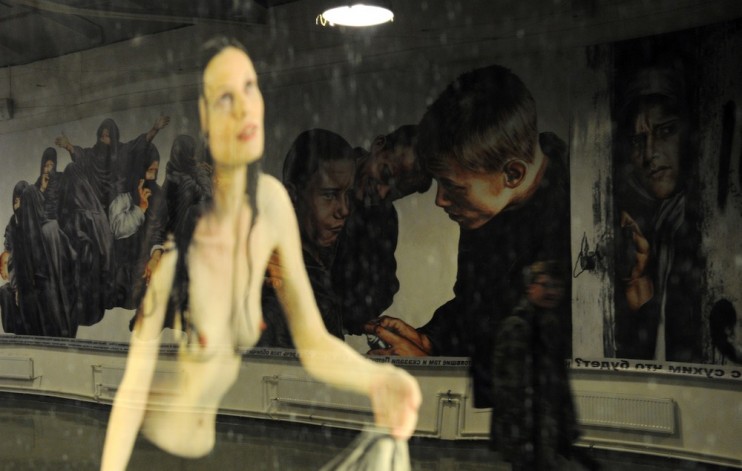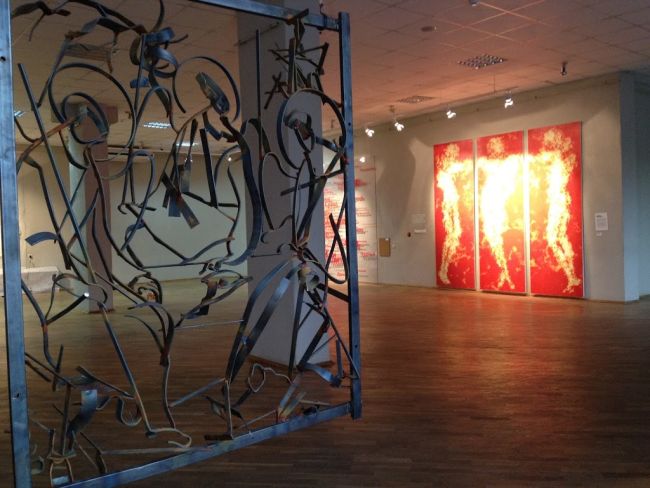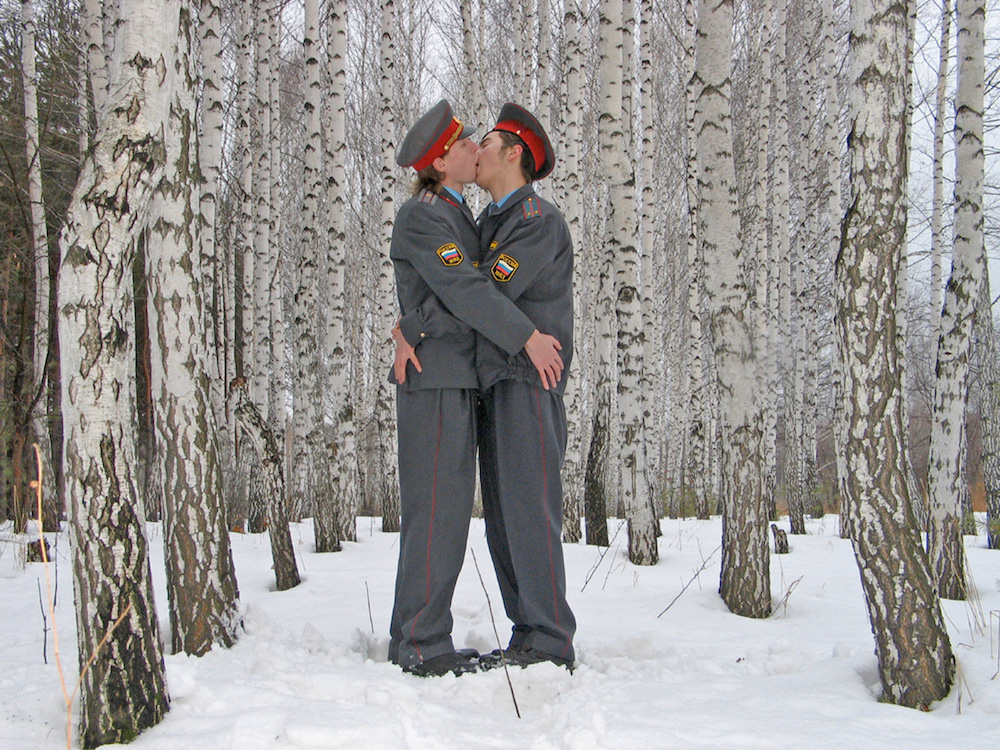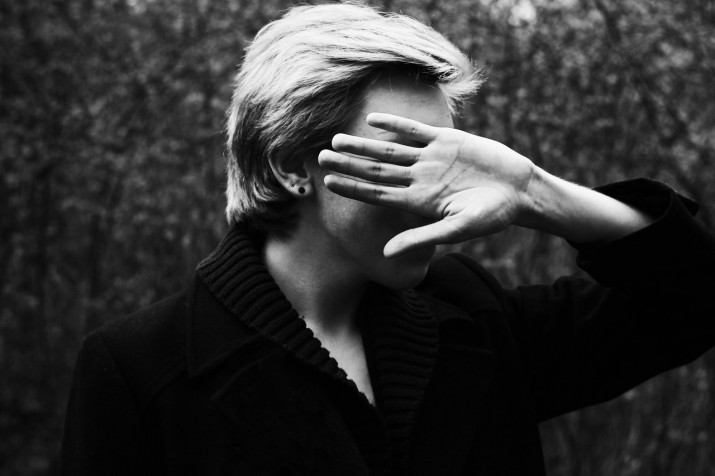
With a photography exhibition about LGBT teens being shut down in Moscow last month, we look at some of the most controversial exhibitions in Russia in recent years
The opening of Gorky Park’s shiny new Garage Museum of Contemporary Art may have given the fleeting impression that Russian culture is moving in a liberal direction, but unfortunately the reverse is true. The country’s turn towards cultural conservatism in the past few years has seen art exhibitions banned with increasing regularity. The reasons are numerous: disgruntled Orthodox activists, the law against “homosexual propaganda” and unpatriotic sentiment, among others. It’s often impossible to predict what might provoke a clampdown. All this sets the current situation apart from the censorship of the late Soviet era, when the unofficial artists of the time had a single enemy, the Soviet state with its official ideology. Then, it was generally obvious what might cause a scandal. Today, no institution can feel truly safe — even small independent galleries have been targeted. Here, we review the most high-profile bans and controversies of recent years.
Caution, Religion (2003)
Sakharov Centre, Moscow
Religious fanatics deemed this exhibition, which addressed the relations and contradictions between art and religion, offensive. Altar boys from the Church of St. Nicholas in Pyzhi vandalised the exhibition, defacing the walls with spray-painted messages such as “You’re demons” and “You hate Orthodoxy.” However, when the museum staff called the police, it was the organisers of the exhibition rather than the Orthodox activists that were charged with hooliganism. This case was soon closed for lack of evidence, and a new case — now on charges of “offending the feelings of religious believers” — was opened against the exhibition organisers. Sakharov Centre director Yuri Samodurov was ordered to pay a fine of 100,000 roubles. Then in 2010, Russia’s media watchdog, Roskomnadzor, issued a warning to ArtChronika magazine for publishing materials from Caution, Religion as well as the Forbidden Art exhibition, accusing it of “inciting religious hatred”.
Forbidden Art (2006)
Sakharov Centre, Moscow
Curated by Andrei Erofeev (head of the Tretyakov Gallery’s Contemporary Art Department) and Yuri Samodurov (Sakharov Centre director), Forbidden Art was an exploration of censorship and self-censorship that brought together works excised from exhibitions at the Tretyakov Gallery. The exhibition was restricted to visitors aged 16 or over, and artworks were put behind temporary walls fitted with peepholes. Nonetheless, it was subjected to criticism from radical Orthodox activists. Members of the People’s Cathedral movement demanded that Samodurov and Erofeev be criminally charged for “actions aimed at the incitement of hatred or enmity, as well as abasement of dignity of a person or a group of persons on the basis of sex, race, nationality, language, origin, attitude to religion, as well as affiliation to any social group, if these acts have been committed in public or with the use of mass media.” Andrei Erofeev was fired from his post the following year, and was accused, among other things, of “using his official position and his art-historical education in pursuing his criminal activities”. According to Valentin Rodionov, then-director of the Tretyakov Gallery, this was for administrative rather than political reasons. The trial dragged on for two years and Yuri Samodurov was also forced to leave his post. During the final hearing, the street-art group Voina (“War”) staged its “Cockroach Court” stunt, scattering 3,500 cockroaches throughout the court building. Meanwhile, Orthodox activists were reading psalms outside. It was established in the course of proceedings that certain members of the prosecution had not even seen the works that had so greatly “offended” them.
Sots Art: Political Art from Russia (2007)
La Maison Rouge, Paris
A collaboration between the Tretyakov Gallery and La Maison Rouge art foundation, Sots Art: Political Art from Russia provoked an outcry before it had even opened in Paris. Aleksandr Sokolov, the then Minister of Culture and Mass Communications, thought the exhibition insulting to Russia, presenting the country in a bad light, and pledged to do everything in his power to prevent it from going ahead. The Minister of Culture expressed particular outrage at The Blue Noses group’s Era of Mercy, an artwork deemed “pornographic” for depicting two kissing policemen. Although the exhibition wasn’t completely scuppered, it opened without several pieces. Along with work by The Blue Noses, the exhibition was missing artworks by Maria Konstantinova, Vyacheslav Sysoev and the PG Group (Ilya Falkowski, Alexey Spiridonov and Boris Katalkin). Vladislav Mamysheva-Monroe’s self-portrait in the guise of Hitler was also not permitted to leave Russia.
Icons (2012)
Krasnodar
This 2012 exhibition, curated by gallery owner and former political strategist Marat Guelman, presented Orthodox icons as artworks rather than as objects of worship. On the opening day, the exhibition hall was initially picketed by Cossacks, monarchists and members of Matter of Time, a patriotic movement led by politician Sergei Kuryagin, shouting slogans such as “Guelman, hands off Krasnodar culture!”. Later, some of the picketers attacked Guelman as he was leaving the exhibition hall but were detained. In consequence, several were charged with “holding an unauthorised rally”, while the exhibition continued its run.
Spiritual Invective (2012)
Marat Guelman Gallery, Moscow
The title of Evgenia Maltseva’s solo show, put on in collaboration with collector Viktor Bondarenko, was a borrowing from Orthodox terminology that refers to the belief in the suppression of carnal desires. According to the artist, the objective of the exhibition was “to create images of Christianity that would be in keeping with the spirit of the times”. Some pieces depicted balaclava-clad forms recalling Pussy Riot’s Punk Prayer, staged earlier that same year. One of the forms was annotated with the word “free”. Such an attitude to Orthodoxy, however, was not to the taste of Cossacks and Orthodox activists headed by former trance-music and narcotics aficionado turned Orthodox activist Dmitry “Enteo” Tsorionov. They entered Winzavod Contemporary Art Centre, which houses the gallery, on opening day and attempted to attack visitors, blocking the entrance and tearing down posters, but were soon dispersed by police. Subsequently, Spiritual Invective attracted the interest of the Investigation Committee; Evgeniya Maltseva and Victor Bondarenko were called in for questioning, but no case was brought against them.
Welcome to Sochi (2013)
Perm
As its title suggests, the focus of Vasily Slonov’s solo show was the 2014 Sochi Olympics. Works in the form of posters satirised the corruption and intensification of conservative sentiments that went hand in hand with the organisation of the Games. The exhibition initially opened during the annual arts festival White Nights, but was forced to close after a visit from the local authorities. Federation Council member Andrei Klimov published an article on his personal website with the following proclamation: “The works brought together in one of the White Nights festival’s exhibition pavilions reminded me of the way Russia was portrayed by Hitler’s propagandists, and by Napoleon’s flunkeys before them. A monster’s ferocious snout peering out from under a sweet Cheburashka mask; gallows instead of Olympic rings; a polar bear ready to trample on little skaters — and all this set against a completely unambiguous invitation to the Sochi Olympics. Goebbels, I’m sure, would be pleased.” The exhibition was subsequently transferred to Perm Museum of Contemporary Art, which had been headed by Guelman since 2009, but was shut down once again due to the authorities’ disapproval. Guelman was ultimately fired from his post.
Perm 36 (2014)
Perm
The Museum of the History of Political Repression was housed in a former gulag. The decision to set up a museum on the site of the colony came in 1992, and the result was Perm-36, established by the then-liberal Perm administration together with the Memorial movement, dedicated to preserving the memory of the victims of political repression in Russia. Between 2005 and 2014, the neighbouring village of Kuchino played host to the Pilorama Forum. The museum’s problems began with the coming to power in Perm of a new conservative administration. A conflict between the new authorities and the human rights activists led to the museum being placed under complete governmental control, and its revamping as a museum of Gulag workers.
On the Cross (2014)
Rodchenko School, Moscow
A poster for an exhibition by students from Sergei Bratkov’s workshop, featuring Martin Kippenberg’s sculpture of a crucified frog, drew the ire of Orthodox activist Dmitry “Enteo” Tsorionov, who burst into the school with his associates, tore the poster down and sprayed some foul-smelling gas from a canister.
Be Happy (2015)
Bogorodskoe Gallery, Moscow
Photographer Igor Samolet’s solo show was shut down for censorship reasons on its opening day by the Moscow Exhibition Halls Association because one of the photographs featured a sex scene. Bogorodskoye curators Alina Glazun and Alexander Zhuravlev accused the artist of disreputability, despite the fact that it was they who had chosen the project for an exhibition in Moscow’s outskirts intended to cater to locals unacquainted with radical artistic experimentation.
Being Yourself: stories of LGBT teenagers (2015)
Red Square Gallery, Moscow
An exhibition dealing with LGBT teens whose lives have been made difficult by Russia’s ban on “gay propaganda among minors”, Being Yourself would have showcased photographs of young men and women by Maria Gelman and Dmitri Roi, with the faces of the underage subjects partly obscured. “We wanted to give the teenagers a chance to speak in their own words about their problems, desires and dreams,” said Gelman. Under pressure from the authorities, the exhibition was moved several times. It was initially due to be staged at a space on Tverskaya Street, only for permission to be denied by the owners at the last minute; it then transferred to an independent gallery by the name of Red Square, on the former premises of the Elektrozavod plant, but this too fell through. Two days before the exhibition’s opening, officers pledged to set up roadblocks around Elektrozavod, where the show was to take place. As a result, organisers Igor Yasin and Tarya Polyakova decided to stage Being Yourself outdoors, on a Moscow boulevard, with the photographs hung on iron plates designed for street exhibitions. Unfortunately, it didn’t survive long there either: the police proceeded to take down the pictures, while LGBT activist and photographer Denis Styazhkin were detained.

